 |
| Mrs. Hinkle (the Red Tornado) ((She's the one on the right.)) |
(Besides, my prepared rant on the complete absence of women on the original team was undercut when I discovered that the Red Tornado, who has a cameo on page 31, is in fact a woman (Mrs. Hunkle). Though, since she has been described as a "parody hero," I'm not sure if she counts as an official member of the team here.)
Most Amusing Panel Prize:
"Nothing can kill me"!!! "But I don't want to hang here like a dish of food, so---"
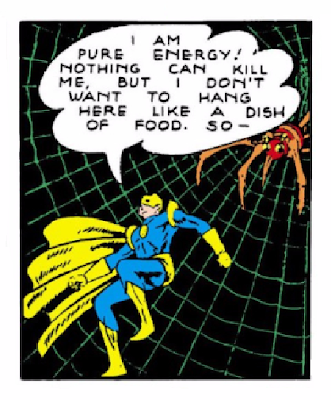 |
| Doctor Fate decides not to stay for dinner. |
More Fun Comics (1935) #73 marks the first appearances of Green Arrow (and his pal Speedy) and Aquaman. There are also stories from the mag's ongoing regulars, Doctor Fate and The Spectre, but as this issue does not constitute their first appearances, I will not touch upon them here. (Plus there's a couple other tales in this issue that did not fancy my interest at all so they will be neglected entirely (no offence intended)).
 |
| Green Arrow & Speedy The Spectre |
Surprising Details:
The
(Aside: I also just finished reading the first volume of Injustice: Gods Among Us Year One in which Harley Quinn suggests to Green Arrow that he needs to rename his Arrow Cave with The Quiver instead. I totally agree. (The Bat Cave makes sense for Batman's secret lair because, you know, bats live in caves, but arrows -- notsomuch. The Quiver IS so much better than the "Arrow Cave.")
Anyway, the real surprising details for me are found in the Aquaman story. My limited knowledge of the character comes from Saturday morning cartoons of the Super Friends and more contemporary versions from the 1980's/2010's.
I had no idea Aquaman started out as a regular kid who just so happened to be raised underwater in the ruins of the ancient city of Atlantis that his famous explorer dad had discovered (after has mom had died).
Rather than being born an Atlantean (part-Atlantean) with the capacity to breathe underwater and to communicate with the inhabitants of the sea, Aquaman developed these skills "by training and a hundred scientific secrets" that his father had discovered in the Atlantean archives.
Final Notions:
The "Golden Age" comics I've read so far seem to focus on amazing feats. Crazy scientists running amok, supernatural phenomena, alien invasions, all thwarted by the stalwart hero. Perhaps these comics were truly geared toward a more juvenile audience so the creators tried to keep the moral logic simple and straightforward.
But there does seem to be something masculine about these tales, too. The emphasis on action and accomplishment. Dominating evil with fists and smarts and clever quips.
The almost complete lack of emphasis on complex motivations for any character besides the hero (and even the hero himself) is a struggle for me. I have always been more interested in the "why" than the "how" (though I do like the "how" to make logical, scientific sense when it can)
The goal/the outcome that is the driving force of these early tales seems to be how to obtain mastery over the other or the self. It is not to better understand the other or the self. The goal isn't to question or to grow, the goal is simply to win.
Now is it fair for me to characterize these simple morality tales (which are most often resolved through violence) as masculine story-telling...?
Series: All-Star Comics (1940)
Issue #: 003
Copyright: DC Comics
Cover Date: Winter 1941
Cover Price: 10¢
Page Count: 68 pages
Print Release: 22-October-1941
Digital Release: 17-November-2015
Writer:
|
|
|
Penciler:
|
||
Inker:
|
||
Colorist:
|
None Listed
|
|
Cover Art:
|
||
Source Links:
|
||
Story Title:
|
“The First
Meeting of the Justice Society of America”
|
|
Writer:
|
|
Penciler:
|
|
Inker:
|
|
Colorist:
|
None Listed
|
Story Title:
|
“Guarding an
Heiress”
|
Series: More Fun Comics (1935)
Issue #: 073
Copyright: DC Comics
Cover Date: November 1941
Cover Price: 10¢
Page Count: 59 pages
Print Release: 24-September-1941
Digital Release: 19-May-2012
Writer:
|
|
|
Penciler:
|
||
Inker:
|
||
Colorist:
|
None Listed
|
|
Cover Art:
|
||
Source Links:
|
||
Story Title:
|
Aquaman: “The Submarine
Strikes”
|
|
Writer:
|
|
Penciler:
|
|
Inker:
|
|
Colorist:
|
None Listed
|
Story Title:
|
Doctor Fate: “Mr.
Who”
|
Writer:
|
|
Penciler:
|
|
Inker:
|
|
Colorist:
|
None Listed
|
Story Title:
|
Green Arrow: “Case
of the Namesake Murders”
|
Writer:
|
|
Penciler:
|
|
Inker:
|
|
Colorist:
|
None Listed
|
Story Title:
|
The Spectre: “The
Vanishing Menaces”
|
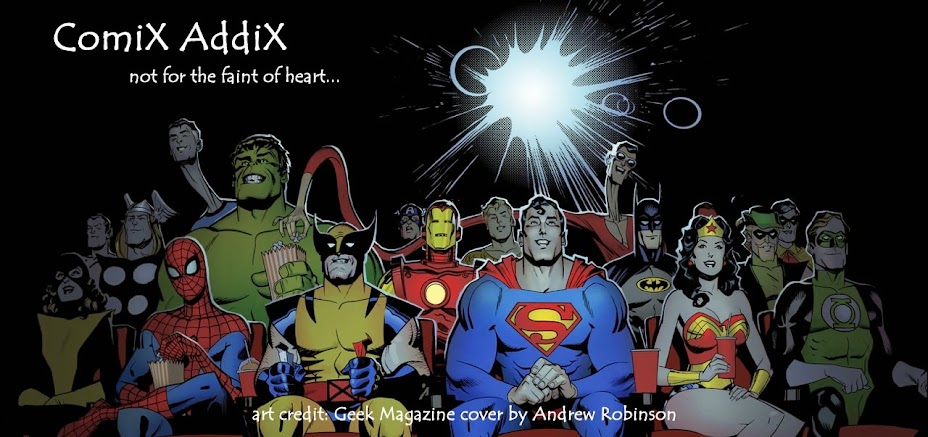
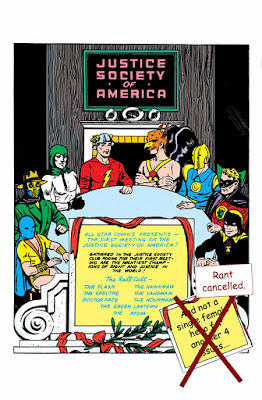
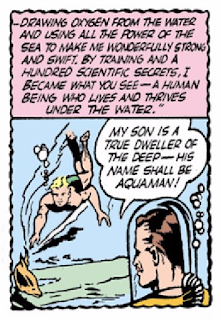
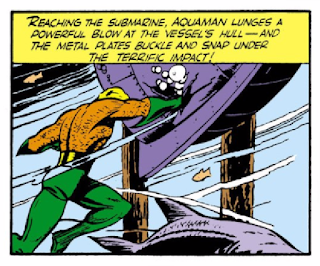



No comments:
Post a Comment